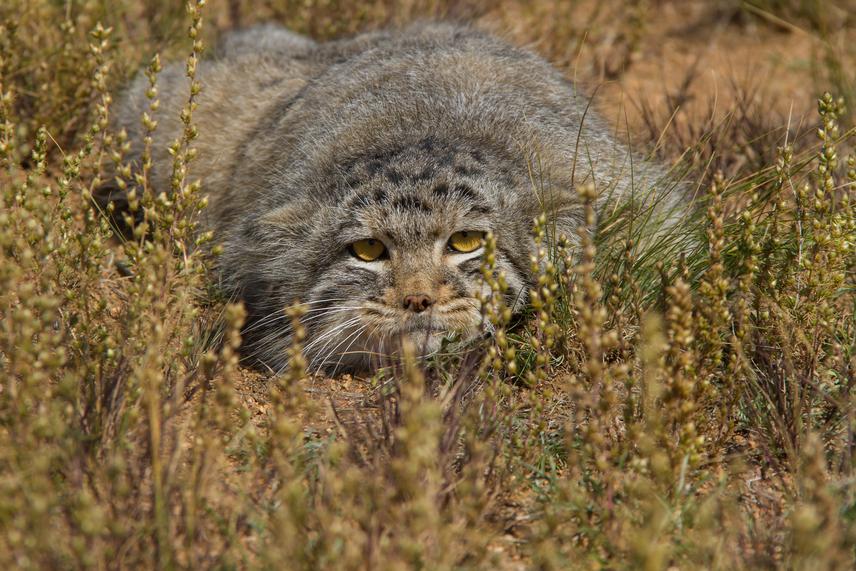Buyandelger Suuri
The project will be basis of conservation activity of Pallas's cat and marmot. We want to approve our observation that in the wild cat breeding season, they have shelter shortage related with marmot extinction with the aim of implementing conservation activities. Because the breeding female cats home range overlap much in rocky area, the kitten mortality increases in the steppe region.

The Pallas’ cat is a threatened species in IUCN list. We captured 9 Pallas’s cats in Sukhbaatar province in April of 2017 and observed them every month. The breeding season, we observed 50 individuals of Pallas’s cat (adult and kitten) in a rocky area (~5 km2) in a day. But, we find just 3 individuals in the area in dispersal period. It suggests me that female Pallas’s cat home range is overlapped in rocky area (10% of that region) in breeding season and higher mortality rate of kitten from data of radio telemetry. Dens provided Pallas’s cat with cover for resting, thermoregulation, mating, feeding, giving birth, raising kittens and cover form predators. The wild cat use rocky crevice, cave, ravine and marmot burrow for den. Although rock crevices were important, marmot burrows were the most commonly used denning resource from Pallas’s cat (Ross, 2009).
The loss of marmot is now a concern because there has been a 70% decline in marmots in Mongolia in the last two decades (Zahler et al. 2004), and their burrows are also disappeared. A better understanding of habitat occurrence of Pallas’s cat in different season will help guide conservation efforts. In this study, wild-living cat habitat association were analyzed by occurrence in 100 spots distributed in five different habitats in breeding and none breeding season.